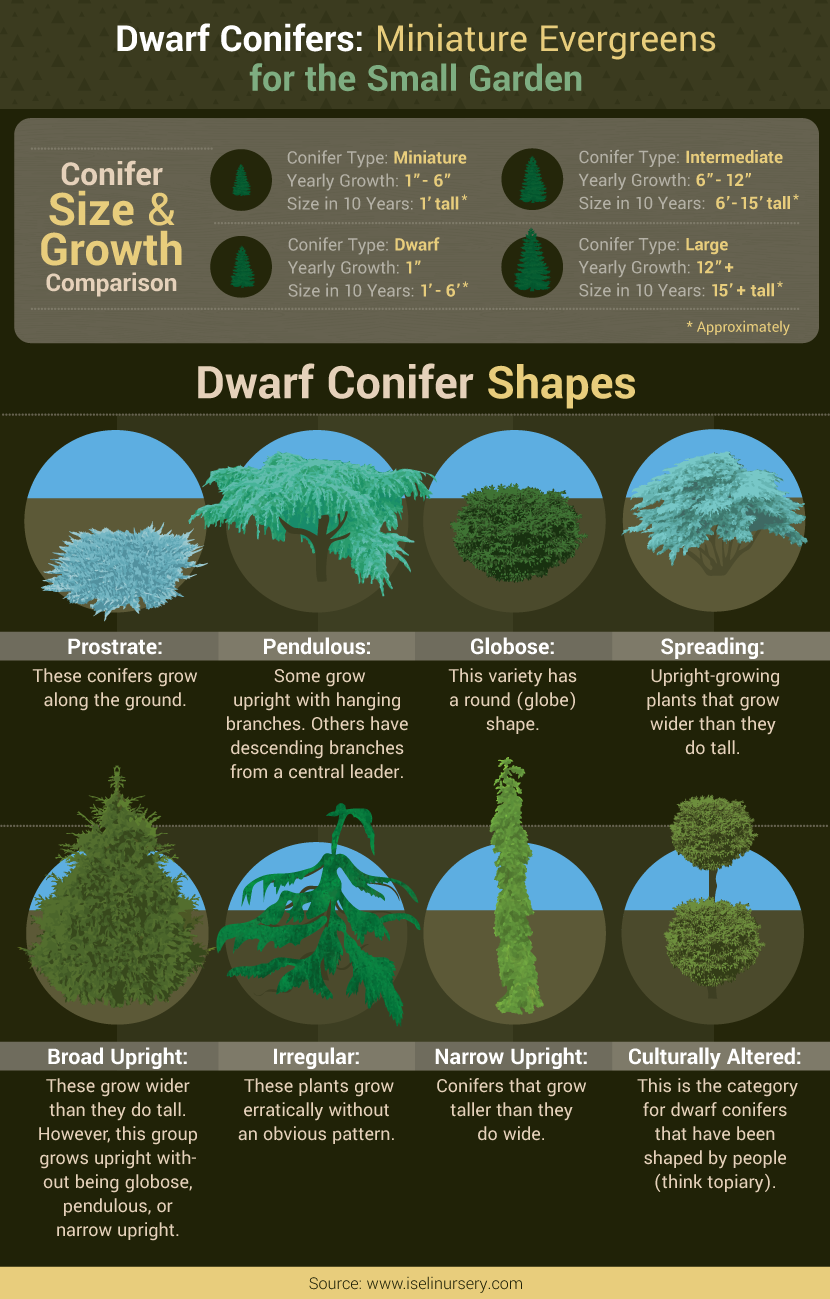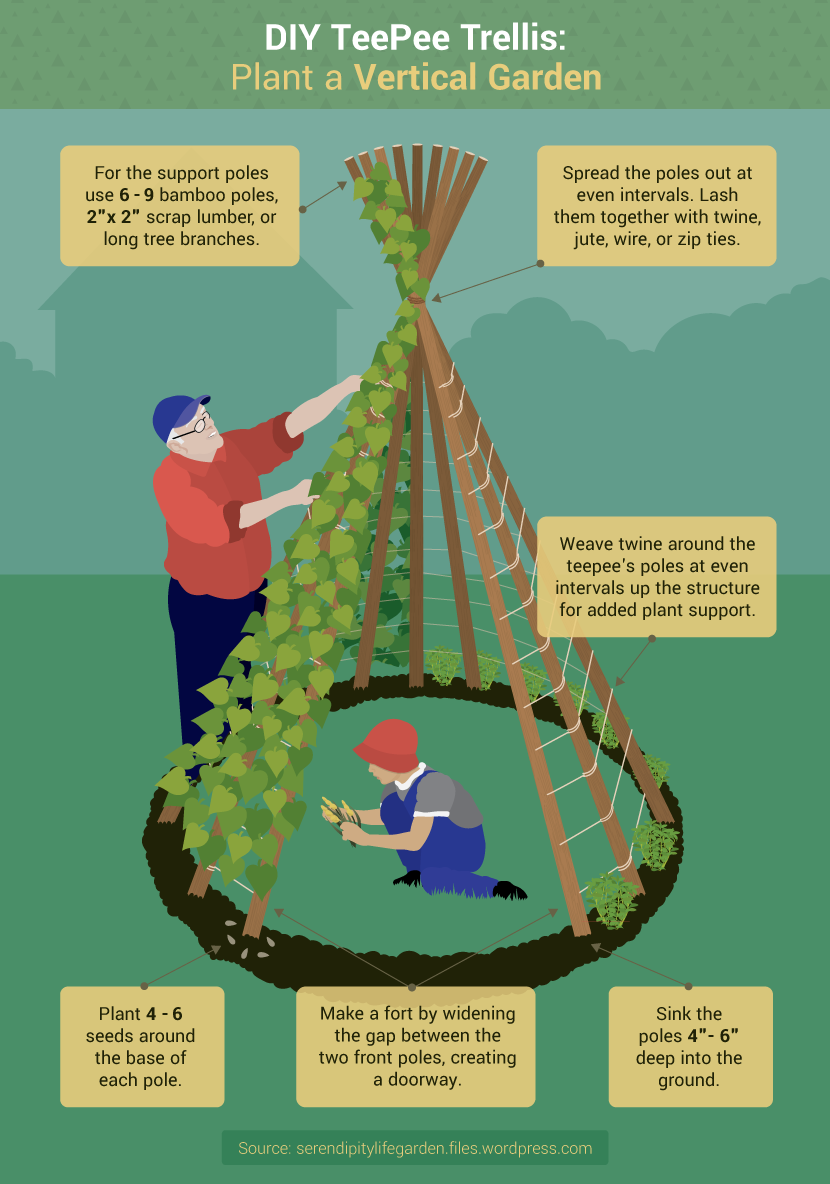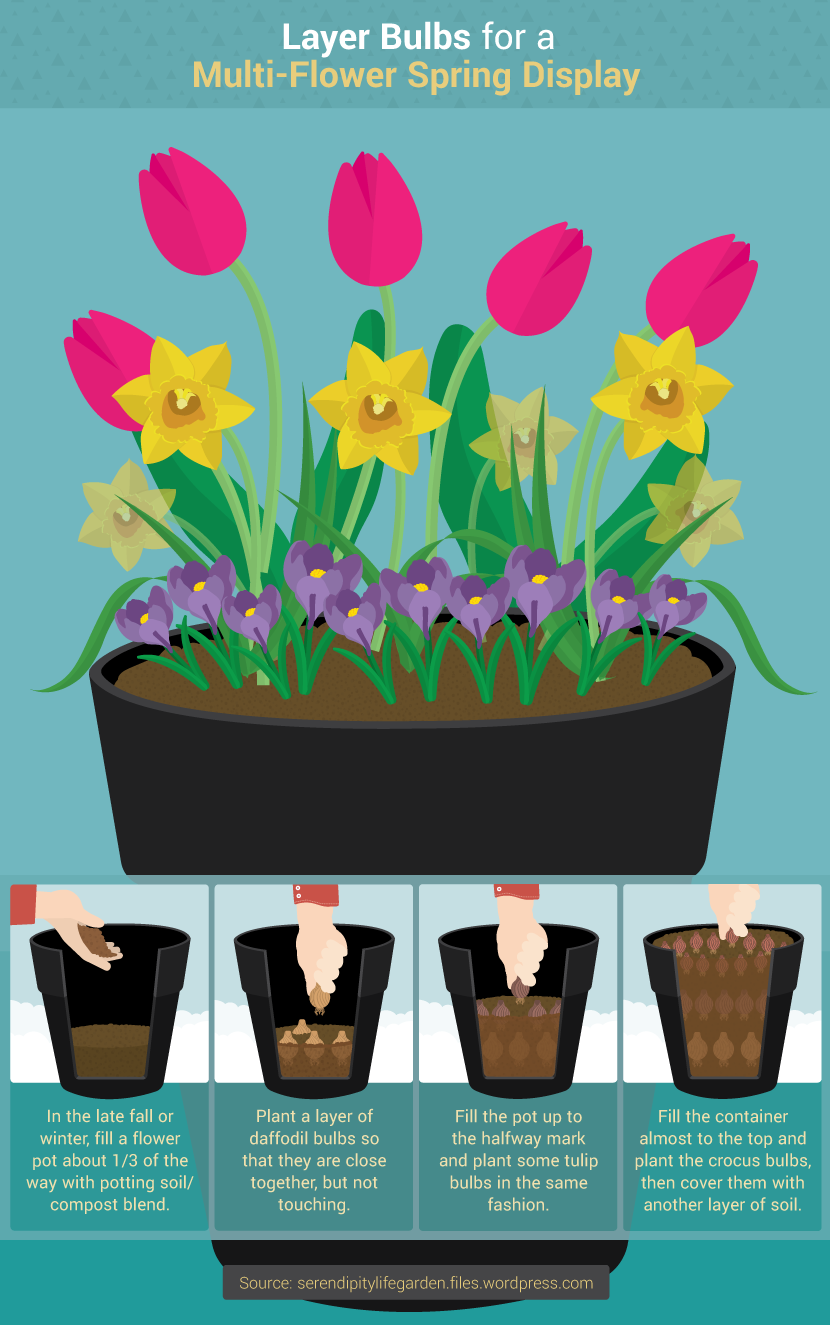Small-Space Gardening Tips and Tricks:
Techniques for Big Potential in Little Gardens
Gardeners who live in urban or suburban areas often become discouraged by what they perceive as less-than-enough planting space. I promise you that this is an unnecessary worry.
In fact, it’s often easier to create the “wow” factor in a smaller garden, especially of you take advantage of some simple design principles.
Simple Garden Design Principles
The following design rules of thumb work for any garden size, but are perhaps most important in small-space gardens. Utilizing some basic strategies will pull everything together and bring cohesiveness to your garden.
Use Repetition
One of the simplest design practices you can implement is repetition throughout the yard.
This can be done with any element you choose, whether it’s repeating a shape, color, or plant variety.
Repetition is a useful technique for any design (garden or not), but it’s key for small-space gardens.
When there’s too much variety going on inside a small space, it tends to overwhelm the senses.
Eyes appreciate balance and patterns. Repetition brings unity, organization, and tranquility.
Don't overlook man-made structures and garden decor to connect elements with repetition.
Furniture, paving stones, garden art, fabric, walls, arbors, trellises, statuary, and containers can be used to connect elements together.
Adjust the Scale
Scale is basically all about the size of one thing in comparison to the size of another thing.
In fact, our eyes make comparisons between our own bodies and everything else all day long.
In a yard or garden, we typically compare (or “measure”) everything to the largest thing around.
That largest thing in a small-space garden is typically our house. Using scale in your design can bring the feeling of a larger garden in a smaller space.
In an ornamental garden, one of the best ways to pull this off is to have one to three large specimen plants to act as focal points,
a lot of medium-size plants, and a handful (or more) of dwarf varieties. This technique will bring balance and structure to your garden.
Think about this: If large plant varieties are all you have, they’ll end up overwhelming a small space and potentially shade out other plants.
That said, if you have all dwarf plant varieties, the scale will also be off and create a “dollhouse garden” effect.
Here's a nice garden design trick: Plants that are medium-size but have large leaves can offer the feel of a larger plant.
Hostas, small elephant ears, and cannas are good examples.

Plant Texture
When we talk about “texture” in garden design, it refers to visual texture as opposed to tactile texture.
While shape and distance can affect texture, it’s truly mostly about the leaves.
Ornamental plants fall primarily into one of three categories: fine-leaved, medium-leaved, or coarse-leaved (aka bold-leaved).
Many plants we tend to use have a medium texture, so give your garden some interest by introducing some fine- or bold-textured plant varieties, as well.
Fine-Textured Plants: Plants with small leaves, such as maidenhair fern,
New Zealand tea tree, or spirea, can help make a space look bigger because they encourage the eye to follow these plants. Finely-textured leaves also tend to fade into a view.
Coarsely Textured Plants: Plants with large, bold leaves, such as hostas and cannas, tend to stop the eye.
These make for great focal points in the garden. Bold-textured leaves add interest and offer bigger visual impact.
Medium-Textured Plants: Both fine- and medium-textured plants will give a garden a soft, romantic feel. They also help to move the eye across the garden.
Plant textures can be used to create illusion. For example, by placing a coarsely textured plant or two at the front of the garden and some fine-
and medium-textured varieties the rest of the way back (down the sight line), you can make your garden look deeper than it actually is.
Ornamental grasses such as fountain grass, Mexican feather grass, bamboo muhly, and maiden grass are wonderful for adding interesting textures to a small garden.
Focal Points
Focal points by their very definition ask the eye to stop roaming and take a good look at a specific plant, statuary, art, pond, fountain, etc.
Depending on how small your garden is, you'll want to use focal points sparingly – having too many star subjects creates chaos.
When choosing focal points for the garden, I tend to use mostly plants.
The idea when designing a welcoming yard or garden is to lead the viewer’s eye to the focal point, where it can stop and admire something special.
One way you can do this is to have fine-textured varieties lead the way down to a coarse-textured specimen plant.
Tips on Small-Space Garden Themes
Almost anything that can be done in a big space can be done in a small space – you just have to make a few adjustments.

Small-Space Vegetable Gardens: Vegetables have zero bias when it comes to their garden home. Use these tips to help vegetables thrive in your small-space garden.
- Try vertical vegetable gardening.
- Integrate veggies into the existing landscape.
- Plant intensively (closer together than normal).
- Take advantage of dwarf vegetable varieties.
- Try succession planting.
- Plant inside soil bags that are placed on top of cemented areas.
Micro Orchards: Yes, it's absolutely possible to grow fruit in a small garden. It may also surprise you to hear that many dwarf (and semidwarf) varieties bear standard-size fruit!
- Plant dwarf fruit trees.
- Try columnar apple trees (narrow, bottlebrush-growing habit).
- Plant multi-grafted fruit trees (several fruit varieties on a single tree).
- Use espalier techniques (pruning a fruit tree into a shape against a wall).

Containers: If your space is mostly covered in cement, plant your garden in containers. Even small trees and shrubs won't know the difference!
- Use large tubs and half-barrels for large plants.
- Always use soil that's especially made for container planting (potting soil).
- Seek out portable raised garden beds for little vegetable gardens.
- Consider unusual containers such as buckets, baskets, old dressers, watering cans, wagons, old wheelbarrows, truck beds, tires, hollow tree stumps, or old kitchen sinks.
Use these tips to make the most of your small garden space!
Embed the article on your site

